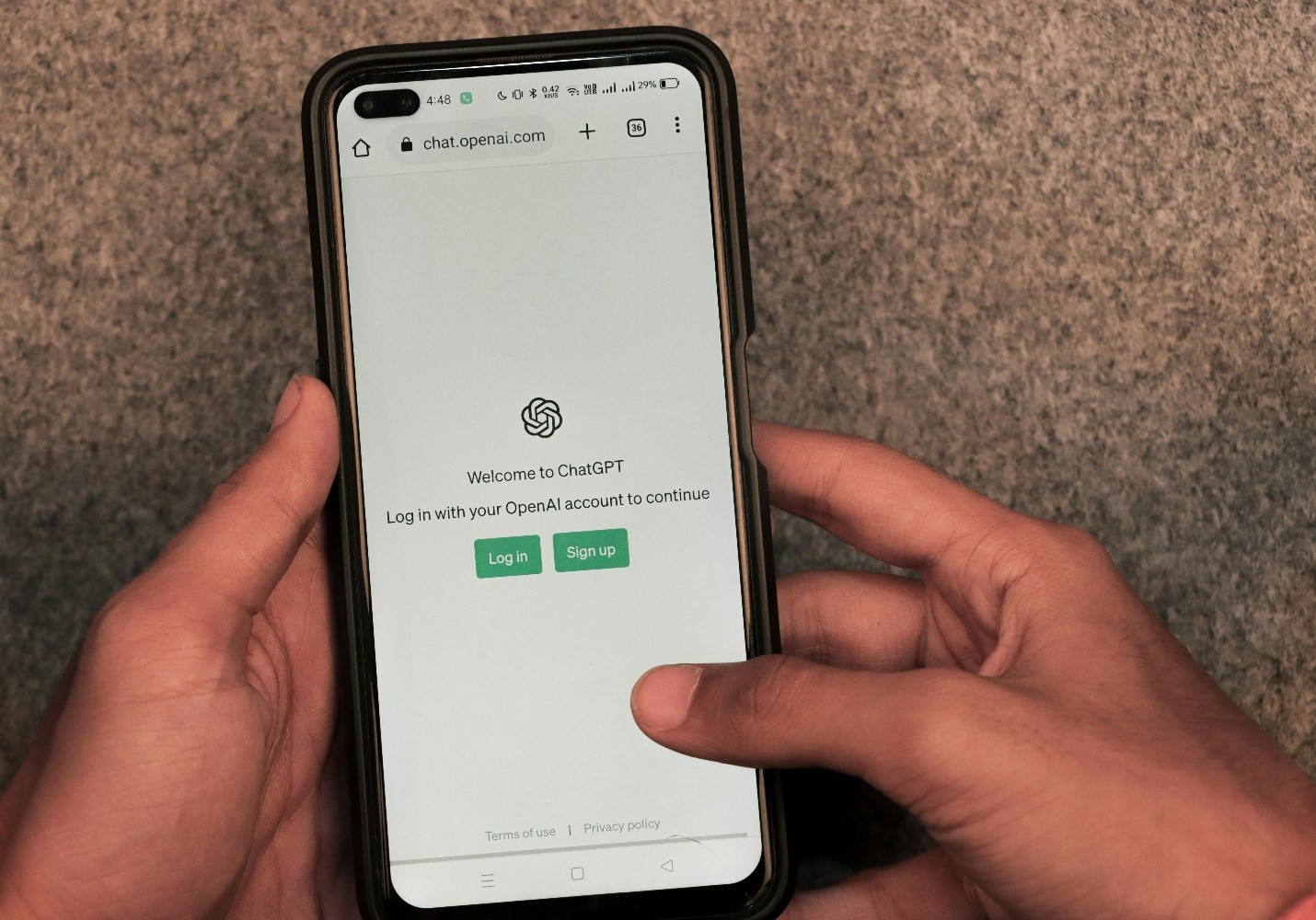AI as a Tool vs. AI as a Content Generator
In writing this blog post, I used AI as a tool rather than a content generator. I didn’t just accept its responses—I actively guided the process through intentional prompting, refinement, and personal input. The key to ethical AI use lies in engagement, where human critical thinking shapes AI’s role rather than passively accepting its output.
What Does “Created by You” Mean in the Age of AI?
The concept of originality is evolving. Instructional designers must navigate key questions:
- When should AI-generated content be cited? Transparency is crucial. If AI significantly contributes to an idea or draft, it should be acknowledged. However, refining AI-generated text with personal expertise makes the content uniquely mine.
- How much AI-generated content is truly “yours”? I view AI as a collaborator, not a creator. My originality comes from the questions I ask, the perspectives I bring, and how I integrate AI-generated ideas into my work.
- Where do we draw the line between AI as a tool and AI as a content generator? This depends on understanding the target audience. AI can generate vast amounts of content, but instructional designers must critically evaluate its relevance. Creating learner persona can help ensure AI-generated material aligns with instructional goals rather than being used without careful consideration.
Mitigating AI Bias: What Works and What Doesn’t
One effective strategy for reducing AI bias is using structured input prompts to guide AI toward balanced responses. However, mitigating bias also requires self-awareness—designers must recognize their own biases to prevent them from shaping AI outputs.
Creating an AI audit trail is another valuable approach. Keeping records of both prompts and generated outputs ensures transparency and distinguishes AI-generated content from human-created work (Halaweh, 2023). Additionally, adhering to ethical guidelines such as the European Union’s Ethics Guidelines for Trustworthy AI and IBM’s AI Explainability 360 can help instructional designers establish responsible AI practices.
On the other hand, simply handling AI issues as they arise is not a useful mitigation strategy. AI evolves rapidly, and waiting until problems surface—such as bias, misinformation, or over-reliance—can cause real harm. Without proactive measures, instructional designers risk reinforcing stereotypes, spreading inaccuracies, or making inconsistent ethical decisions. Establishing clear AI use policies from the start is essential for ensuring ethical and effective implementation.
What Surprised Me
Sankaranarayanan (2023) highlights ethical challenges in AI-driven instructional design, particularly in bias mitigation, transparency, and the balance between AI as a tool versus a content generator. One of the most surprising insights for me was how rapidly AI adoption has grown. It reached 100 million users in just four months—far faster than Facebook (four years) or Google (one year). Yet, despite AI’s accessibility, many professionals I know still hesitate to use it.
Another striking point was the use of AI-generated headbands in Chinese primary schools to measure students’ focus levels. While parents consented, I question how instructors could realistically adapt lessons in real-time based on fluctuating attention spans. Would this technology genuinely enhance learning, or is it primarily a disciplinary tool? This raises ethical concerns about surveillance and the extent to which AI should be involved in student monitoring.
Final Thoughts: The Future of AI in Instructional Design
AI is a powerful tool in instructional design, but its ethical use is still a work in progress. While it offers efficiency and creativity, it also raises lingering questions about transparency, originality, and human oversight. Over-reliance on AI risks losing the human touch that makes learning meaningful.
For me, ethical AI use means enhancing creativity, not replacing it. AI can spark new ideas, offer fresh perspectives, and refine my thinking—but ultimately, I decide how to shape the content. As AI continues to evolve, instructional designers must lead the conversation on its responsible use, ensuring it serves learners ethically and effectively.
How do you ensure AI-generated content aligns with human values as its capabilities continue to grow?
References
Sankaranarayanan, R. (2023). AI-driven instructional design: Ethical challenges and practical solutions. In Applied Ethics for Instructional Design and Technology: Design, Decision Making, and Contemporary Issues. EdTech Books. https://edtechbooks.org/applied_ethics_idt/AI_instructional_design_ethics


Leave a Reply